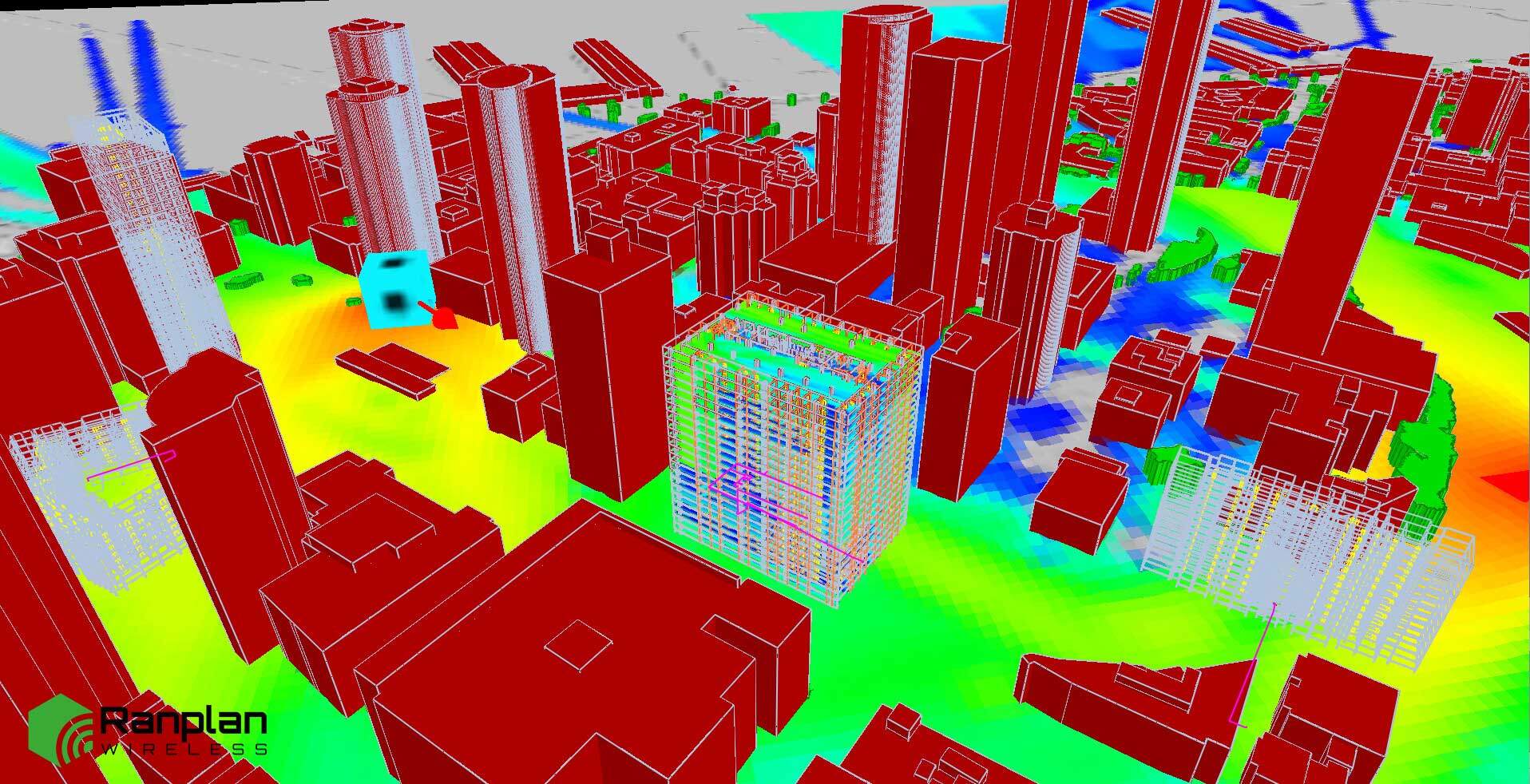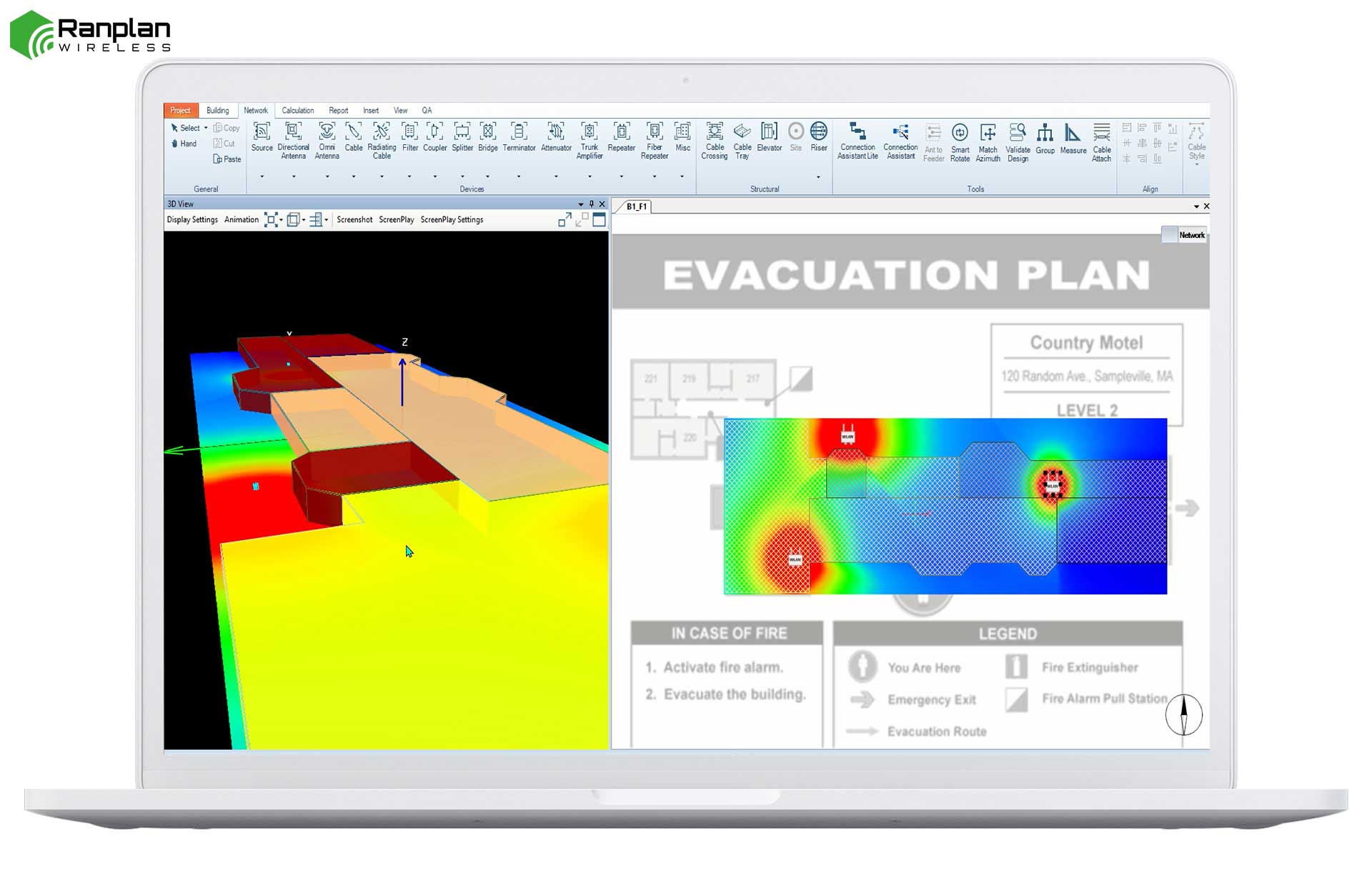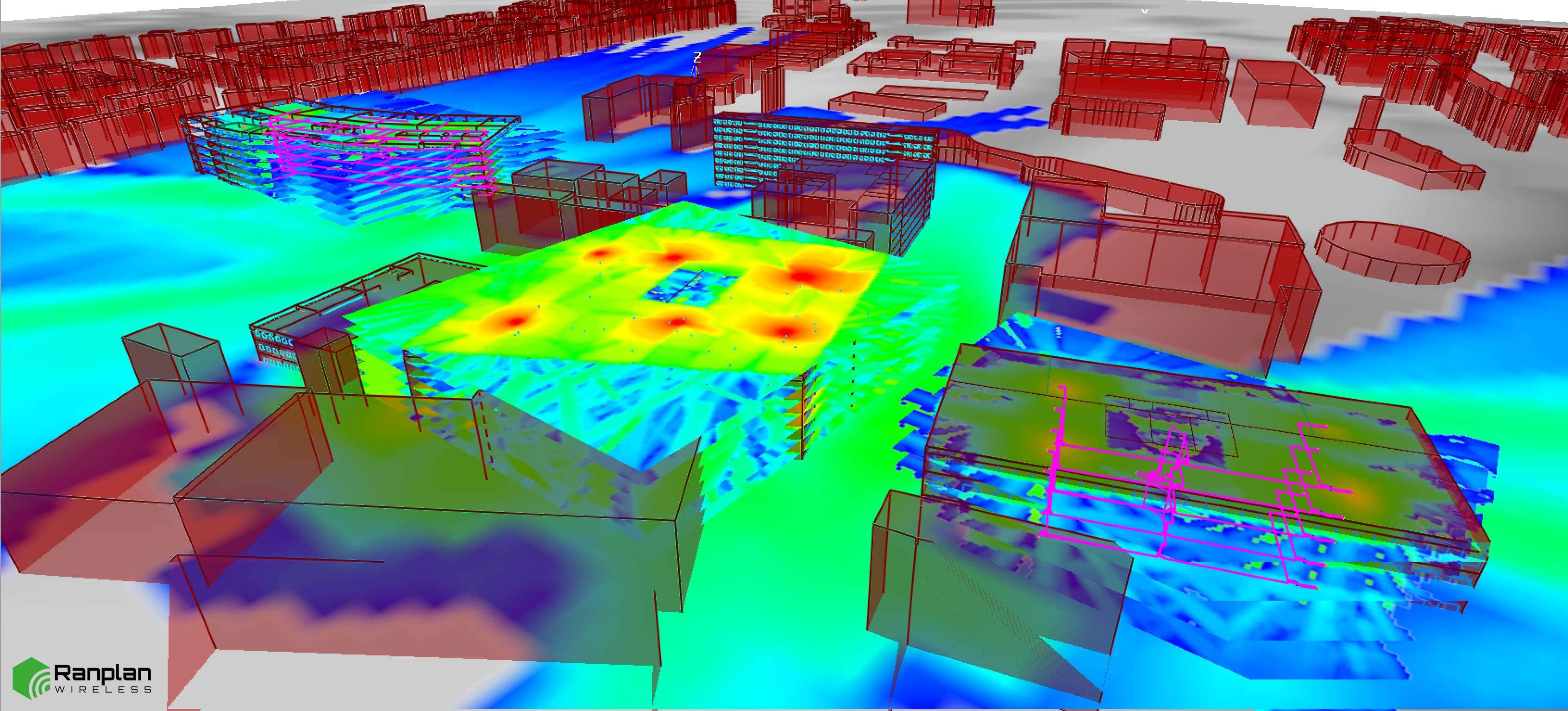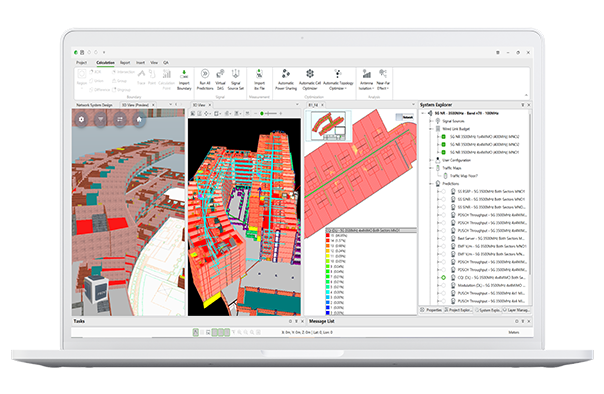While 5G technology has been deployed on a significant scale since 2019, it has yet to demonstrate its full capabilities in transforming the virtues of wireless networking. Nowhere is this thesis more obvious than in the field of Private Wireless (also known as ‘Enterprise Cellular’, ‘Local 5G’ in Japan or ‘CBRS’ in the USA). This segment – closely associated with industrial applications and machine-to-machine communication – is bound to attract considerably more attention in 2022 and beyond.
Already representing at least 80% of originating or terminating traffic in the cellular space, the indoor domain is bound to gain further prominence in the 5G era. As flagged by Ericsson in one of its most recent financial reports, there is a growing consensus that wireless, fuelled by a need to enable inter alia process automation, public safety and remote surveillance, will become the preferred means of establishing and maintaining real-time connectivity amongst enterprises. This opens enormous business opportunities for existing and prospective providers of products and services.
Private Wireless enters centre stage…
What makes Private Wireless so special is the tailor-made design that it necessitates. This feature sets it markedly apart from the past when uniform coverage ruled the game. The combination of impeccable reliability, superb security and ultra-low latency will elevate the importance of precise radio network design, both before and after initial deployment - simply adding more antennas on an ad hoc or trial and error basis will not do. Resilience, robustness and redundancy will be at the heart of critical communications.
…shifting emphasis to in-building and dense HetNets
The rise of Private Wireless shifts the emphasis to in-building and dense Heterogeneous Networks (HetNet). It is the local nature of Private Wireless, on account of a variety of KPIs (Key Performance Indicators), on either side of the walls, floors and ceilings of buildings that matters the most. In the age of shared spectral resources, it is imperative that negative interference between the public and the private networks be controlled to a minimum.
 Ranplan Professional HetNet 3D Modelling
Ranplan Professional HetNet 3D Modelling
To succeed, the mindset of network planners will fundamentally change. The days of uniform coverage will give way to the delivery of networks and services tailor-made to the specific needs of each customer on a case-by-case basis.
…and attracting a host of entirely new service providers
Intimate collaboration between traditional providers of cellular services (Mobile Network Operators) and new aspirants from the web-scale universe, seeking to cement their relationships with enterprises as they transition from fixed LANs or wireless (cellular) adds fuel to the pace of development and rate of sector growth. As spectrum becomes more freely available, courtesy of a series of initiatives by authorities in various parts of the world, investments look destined to intensify in 2022.
…seeking to address a gigantic market in the making
As articulated by numerous industry insiders, the potential size of the Private Wireless market is highly significant. Nokia, for one, suggests from a detailed analysis, that more than 14 million sites would be required to build private 4G (LTE)/5G networks. This figure is roughly twice (2x) the number of 4G (base station) sites currently in operation on planet earth. Whilst this comparison should be construed as ‘like-for-like’, the cost for a small cell is a fraction of that of a macro one. However, it still serves to illustrate Private Wireless Networks as the key driver of 5G investment growth. With enterprises representing a premium segment it naturally adds to its general attractiveness.
Beamforming comes of age
In-building wireless networking for the manufacturing sector is undoubtedly the arena where some of the most meaningful and straightforward use cases for beamforming can be found. On the ‘semi-stationary’ factory floor or inside the warehouse outlets, networks can be relatively easily ‘instructed’ – through clever and well-proven algorithms – to track the rather predictable movements of robots or automatic guided vehicles. In this space, characterised by extraordinary latency, redundancy and velocity requirements, the benefits of millimetre-wave technology are most transparently clear. From a telecom equipment supplier perspective, the advent of beamforming presents them with an additional point of differentiation. In 2022, detailed modelling of such ‘state-set’ radiation patterns is likely to become meaningful.
Precise vs rough network design
The sheer diversity of use cases serves to emphasize the variety of needs in terms of design practices. For the plethora of industrial applications, epitomized by exacting requirements with respect to accuracy, capacity, latency, reliability, security and versatility (adaptivity to change), utmost precision cannot be compromised. Without assurances on the most critical of parameters, enterprises will hardly consider moving onto 5G-powered day-to-day operations. At the other extreme of the spectrum, networks revolving around IoT (reading off sensors) will do perfectly well with rough estimates to ensure that coverage criteria are fully met. To these customers, speed and simplicity of design, deployment, operation and optimization will take precedence. In 2022, we expect that private wireless segments begin to diverge in such a fashion.
 Ranplan Professional Environmental Zoning Modelling
Ranplan Professional Environmental Zoning Modelling
Openness enables automation and spurs innovation
As heralded by the O-RAN community, efforts to standardize interfaces at both the networking and the application layers will proceed. Progress in this respect will pave the way for integration of ‘best-of-breed’ components within cloud-native architectures, designed from scratch to smoothly interwork with a host of third-party systems. In 2022, much attention will be placed on further development and refinement of the RAN Intelligent Controller (RIC) promising non- and near-real time adaptations of networks to changes in the external requirement, applications, services and end-user priorities. Inspired by the AI/ML bandwagon, intelligence will be incorporated into the next generation of networks on a scale that makes them increasingly adaptive to changes in the external environment (akin to how nature constantly adapts itself to perfection). By the end of 2022, we would expect more than a handful such platforms in operation.
Validation pre- and post-installation
Doing away with exceedingly expensive, tedious and (far-too-often) unreliable (physical) drive- and walk-tests will remain at the top of service providers’ wish-list. Advances on this pivotal front are likely to commence in earnest in 2022. The vision that predictive analysis through the expert use of simulation software tool can act as a fully viable substitute is likely to gain broader acceptance in the years ahead.
 Ranplan Professional HetNet 3D RF simulation
Ranplan Professional HetNet 3D RF simulation
Increasingly, to many Operators of wireless networks, the case for validating design proposals before and indeed also after installation of equipment is too compelling to be ignored: it would significantly improve quality of service, accelerate time-to-market, heighten user satisfaction and slash life-cycle costs on both the CapEx and OpEx fronts. Comprehensive reports will help customers evaluate the cost and performance of different vendors’ equipment, workflow processes and areas in need of improvements.
Digital Twin powered by AI/ML and standards like BIM
The escalating complexity of 5G, propelled by an increasing number of vastly different use cases, the proliferation of network nodes and the mounting threats pose by cyber attacks – makes automation of manual-intensive tasks absolutely imperative. To cope with these challenges, as recognised by the O-RAN community, a new generation of self-organising (self-healing) networks must be developed with the interlocking of data analytics and simulation tools in mind. To this end, digital representations of the external environment and the network equipment itself must be simplified and standardized using Artificial Intelligence (AI), Machine Learning (ML) and standards such as Building Information Modelling (BIM). Much attention will be devoted to this matter in 2022.

Learning to live with COVID-19: coping with exogenous shocks
Whilst the jury is still out on when, if ever, the COVID-19 pandemic will be contained (by mutating into milder variants and/or through natural and vaccinated mass-immunity), one thing can be said for certain: the fabric of society, its supply chains of goods and services, its healthcare systems, its physical infrastructure, its electric grid and, not least, its information and communications networks must be made resilient and robust enough to cope with exogenous shocks of this nature. Networks, especially on the wireless side, must be able to adapt to altered circumstances. They must:
- instantly respond to jumps in traffic loads.
- ‘slice’ resources in real-time on a per use basis.
- ‘self-repair’ should serious problems arise.
- ensure that people stay personally and professionally connected in times of extraordinary stress.
Social isolation comes with a heavy cost. Never have so many people had to dramatically adapt to a new mode of life so quickly. Much of our adaptiveness has come from having the ability to utilise wireless connectivity which is why it’s so important we continue to perfect this heavily relied upon service.





